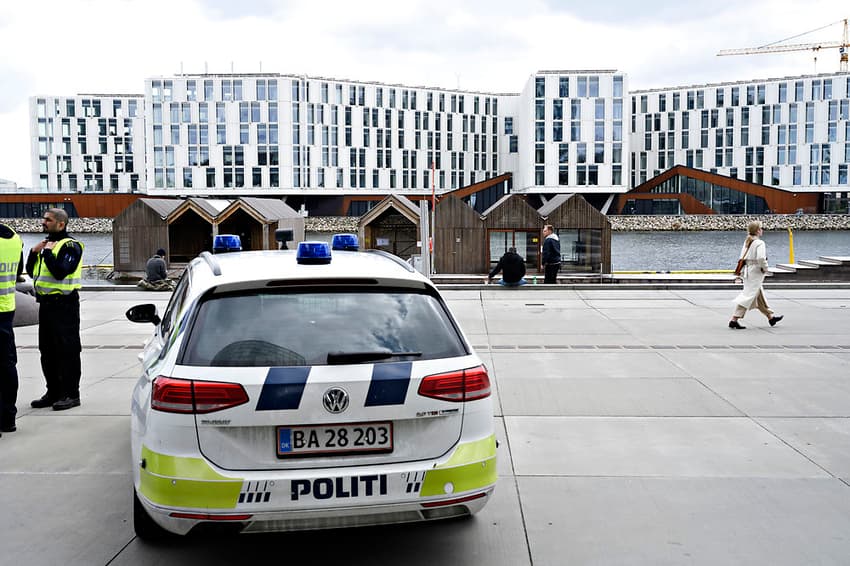Denmark extends coronavirus assembly restriction

A continued high level of coronavirus infection in Denmark has prompted health authorities to recommend an extension of current assembly limits.
The restriction, which limits gatherings in public places to 10 people, has been extended until December 13th, the Ministry of Health confirmed in a statement.
It was initially announced for a four-week period from October 26th.
An extension of the restriction had been expected.
On Friday, infectious disease agency SSI registered 1,257 new cases of Covid-19 in Denmark, the fourth consecutive day the country has registered more than 1,200 cases.
Friday’s figure comes from a total of 73,876 tests, corresponding to a test positivity rate of 1.7.
Infections are relatively evenly spread throughout the country, with municipalities bordering Copenhagen showing the highest current rates along with some parts of West Jutland.
READ ALSO: Where are Denmark’s coronavirus hotspots?
Denmark currently has 244 Covid-19 inpatients at hospitals across the country, which is 11 fewer than yesterday but a doubling over the course of the last month.
The country has seen 778 deaths from coronavirus since the virus first reached the country in March.
Other restrictions on assembly have also been extended to December 13th.
That means an exemption allowing up to 50 people to attend outside funeral services remains in place.
Recommendations to limit private gatherings to 10 people and to not see more than 10 people socially are also continued.
Comments (1)
See Also
The restriction, which limits gatherings in public places to 10 people, has been extended until December 13th, the Ministry of Health confirmed in a statement.
It was initially announced for a four-week period from October 26th.
An extension of the restriction had been expected.
On Friday, infectious disease agency SSI registered 1,257 new cases of Covid-19 in Denmark, the fourth consecutive day the country has registered more than 1,200 cases.
Friday’s figure comes from a total of 73,876 tests, corresponding to a test positivity rate of 1.7.
Infections are relatively evenly spread throughout the country, with municipalities bordering Copenhagen showing the highest current rates along with some parts of West Jutland.
READ ALSO: Where are Denmark’s coronavirus hotspots?
Denmark currently has 244 Covid-19 inpatients at hospitals across the country, which is 11 fewer than yesterday but a doubling over the course of the last month.
The country has seen 778 deaths from coronavirus since the virus first reached the country in March.
Other restrictions on assembly have also been extended to December 13th.
That means an exemption allowing up to 50 people to attend outside funeral services remains in place.
Recommendations to limit private gatherings to 10 people and to not see more than 10 people socially are also continued.
Join the conversation in our comments section below. Share your own views and experience and if you have a question or suggestion for our journalists then email us at [email protected].
Please keep comments civil, constructive and on topic – and make sure to read our terms of use before getting involved.
Please log in here to leave a comment.